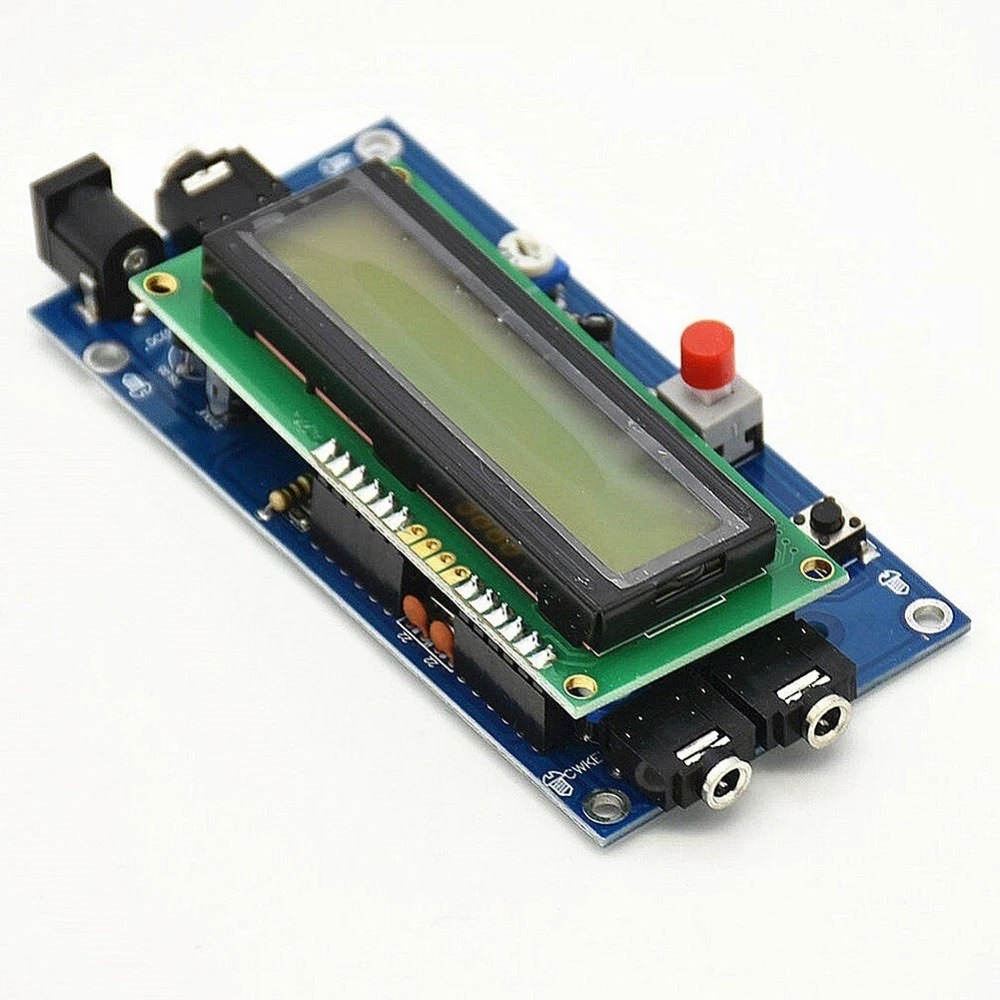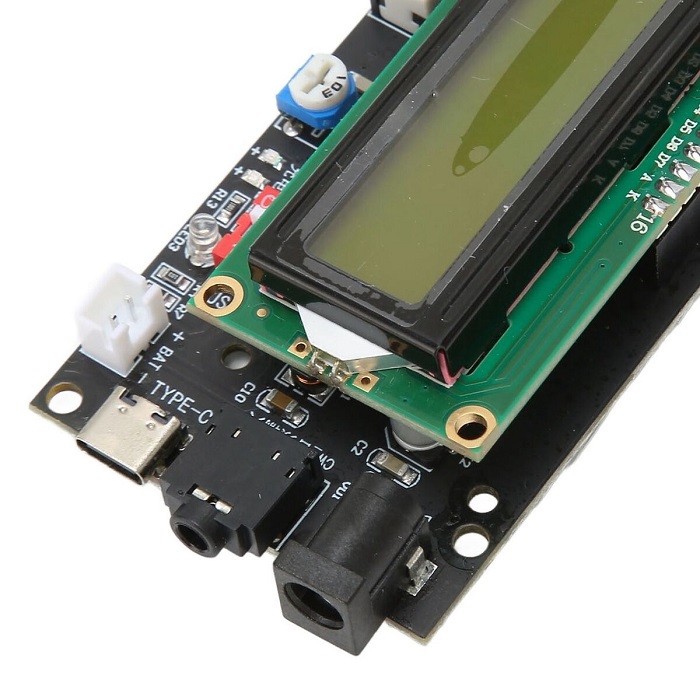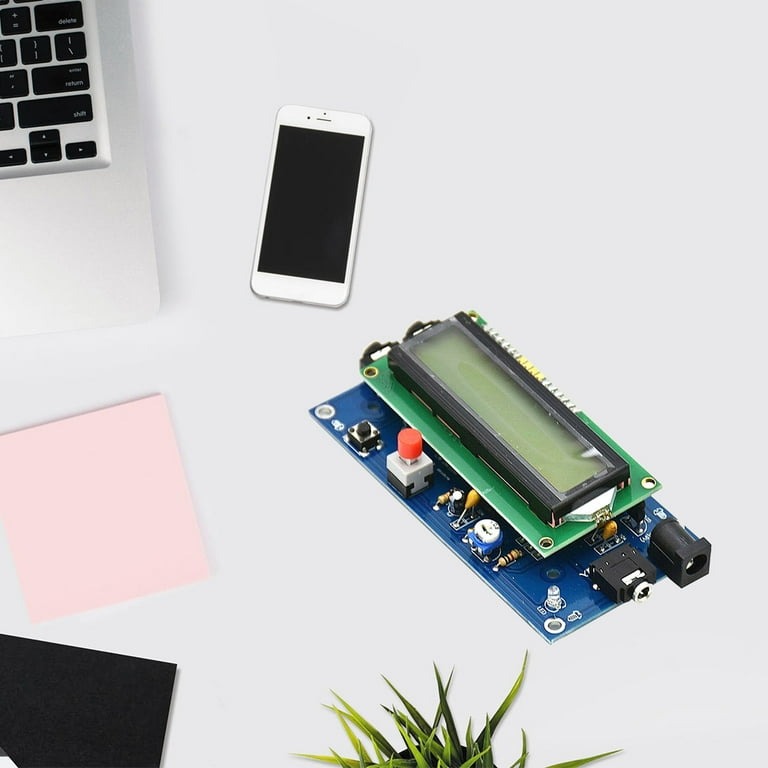In today’s fast-paced digital world, effective communication tools are essential for both personal and professional interactions. One such tool that has stood the test of time is Morse code translation(Japanese:モールス信号翻訳). This article delves into the intricacies of it, exploring its features, benefits, applications, and future prospects. Whether you’re a hobbyist, a professional communicator, or someone interested in the historical aspects of communication, understanding Morse code translation can offer valuable insights and practical advantages.
Introduction to Morse Code Translation
Morse code translation is the process of converting textual information into Morse code, which is a method of encoding text characters as standardized sequences of two different signal durations, called dots and dashes. This system was developed in the early 19th century and has been pivotal in various communication fields.
- Historical Significance: Morse code has played a crucial role in maritime communication, military operations, and early telegraphy. Its ability to transmit messages over long distances without the need for complex technology made it indispensable before the advent of modern communication systems.
- Basic Structure: At its core, Morse code translation assigns a unique combination of dots (short signals) and dashes (long signals) to each letter, numeral, and punctuation mark. For example, the letter “A” is represented by “.-“, and “B” by “-…”.
- Modern Adaptations: Although traditional Morse code was primarily used with telegraph systems, modern Morse code translation tools have adapted the system for use with digital platforms, enhancing accessibility and usability in contemporary settings.
- Educational Value: Learning Morse code translation can improve cognitive skills, enhance memory, and foster a deeper understanding of communication systems. It is often taught in educational institutions to provide students with a foundational knowledge of encoding and decoding messages.
Key Features of Morse Code Translation Tools

Morse Code translation tools are essential for enthusiasts, educators, and professionals who work with Morse Code for communication, teaching, or emergency signaling. Effective Morse Code translation tools come equipped with a variety of features that enhance their usability, accuracy, and functionality. Here are the key features to look for:
Bidirectional Translation
- Text to Morse: Convert written text (letters, numbers, and punctuation) into Morse Code using dots (
•) and dashes (–). - Morse to Text: Decode Morse Code back into readable text, allowing for seamless communication in both directions.
Real-Time Translation
- Instant Conversion: Provide immediate translation as users type or input Morse signals, facilitating live conversations and quick encoding/decoding.
Audio Output
- Beep Sounds: Generate audible Morse Code signals with adjustable frequency and duration, useful for training and real-time communication.
- Customizable Tones: Allow users to select different sound types or adjust the pitch to suit personal preferences or specific use cases.
Visual Indicators
- Flashing Lights: Use visual cues like flashing lights or on-screen indicators to represent Morse signals, aiding in learning and non-auditory communication.
- Graphical Displays: Show Morse Code in graphical formats (e.g., animations or waveforms) for better visualization and understanding.
Speed Control
- Adjustable WPM (Words Per Minute): Let users set the translation speed to match their proficiency level or specific communication needs.
- Pace Synchronization: Ensure that both sending and receiving ends are synchronized in speed for accurate communication.
Error Detection and Correction
- Automatic Correction: Identify and correct common mistakes in Morse Code input to enhance accuracy.
- Feedback Mechanism: Provide real-time feedback on potential errors, helping users learn and improve their Morse Code skills.
User-Friendly Interface
- Intuitive Design: Offer a clean and easy-to-navigate interface, making it accessible for beginners and efficient for experienced users.
- Customization Options: Allow users to personalize the layout, themes, and settings to enhance their user experience.
Multiple Input Methods
- Keyboard Input: Enable users to type text directly for translation.
- Microphone Input: Allow users to input Morse Code via audio signals for decoding spoken or tapped Morse Code.
- File Import: Support importing audio or text files for batch processing and translation.
Benefits of Using Morse Code Translation Tools

Utilizing Morse code translation tools offers numerous advantages that extend beyond simple message encoding and decoding. These benefits make Morse code a relevant and valuable tool in various contexts.
- Enhanced Communication Security: Morse code can be used as a means of discreet communication, providing an additional layer of security. Its unique encoding makes it challenging for unintended audiences to decipher messages without the proper key.
- Improved Accessibility: For individuals with speech or hearing impairments, Morse code translation tools can serve as alternative communication methods. The visual and auditory outputs can be customized to suit different accessibility needs.
- Emergency Communication: In situations where traditional communication channels fail, Morse code remains a reliable alternative. Its ability to be transmitted using simple signals (such as light flashes or sound beeps) makes it invaluable in emergencies.
- Educational Enhancement: Incorporating Morse code translation into educational curricula can enrich learning experiences. It encourages problem-solving, pattern recognition, and an appreciation for the evolution of communication technologies.
How to Choose the Right Morse Code Translation Tool
Selecting the appropriate Morse code translation tool depends on various factors, including user requirements, technical specifications, and personal preferences. Making an informed decision ensures that the tool effectively meets your communication needs.
- Purpose and Use Case: Determine the primary purpose of the tool. Whether it’s for casual learning, professional communication, or as part of a larger system, understanding your use case helps in selecting a tool with the right features.
- Compatibility and Integration: Ensure that the tool is compatible with your existing devices and software. For those looking to integrate Morse code translation into other applications, check for available APIs and support for various platforms.
- Support and Resources: Consider the availability of customer support, tutorials, and documentation. Robust support resources can aid in troubleshooting and maximizing the tool’s potential.
Applications of Morse Code Translation in Modern Times

Amateur Radio (Ham Radio)
a. Traditional Use
Morse code remains a cherished practice among amateur radio enthusiasts, often referred to as “CW” (Continuous Wave) operators. It serves as a benchmark for skill and dedication within the hobby.
b. Emergency Communications
In scenarios where voice communication fails or bandwidth is limited, Morse code can be more reliable. Its simplicity allows for effective communication over long distances with minimal power and bandwidth.
Assistive Technologies for Individuals with Disabilities
a. Communication Aids
For individuals with severe physical disabilities, Morse code can serve as an alternative communication method. By using switches or eye-tracking systems, users can input Morse signals to generate speech or text.
b. Accessible Computing
Software that translates Morse code inputs into text enables users with limited mobility to interact with computers and smartphones, enhancing accessibility and independence.
Emergency and Wilderness Signaling
a. Silent Signaling
In environments where noise could be detrimental (e.g., during wildlife observation or military operations), Morse code can be transmitted through flashlights, mirrors (using light flashes), or sound (e.g., tapping).
b. SOS Signals
The universal distress signal using Morse code (· · · – – – · · ·) remains an effective method for signaling distress in situations where conventional communication methods are unavailable.
Educational Tools and Cognitive Training
a. Learning and Memory Enhancement
Morse code translation tools are utilized in educational settings to teach pattern recognition, sequencing, and cognitive processing.
b. Music and Rhythm Studies
The rhythmic nature of Morse code assists in teaching timing, rhythm, and coordination, beneficial for both cognitive development and musical training.
Artistic and Creative Applications
a. Music and Sound Art
Artists incorporate Morse code into compositions, using the sequences as rhythmic or melodic elements, creating unique auditory experiences.
b. Visual Arts and Installations
Visual representations of Morse code are used in multimedia art installations, blending technology with artistic expression.
Comparing Top Morse Code Translation Products

The market offers a range of Morse code translation tools, each with distinct features and capabilities. Comparing these products can help users identify the best fit for their specific needs.
- Feature Set: Analyze the core features each tool offers, such as real-time translation, multi-language support, audio and visual outputs, and customization options. Determine which features are essential for your use case.
- User Reviews and Ratings: Consider feedback from other users to gauge the tool’s performance, reliability, and ease of use. High ratings and positive reviews can indicate a tool’s effectiveness and user satisfaction.
- Pricing Models: Examine the pricing structure, including one-time purchases, subscriptions, and free versions. Assess the value provided by each tool relative to its cost.
- Developer Support and Updates: Evaluate the responsiveness of the tool’s developers in addressing issues, releasing updates, and adding new features. Active support ensures that the tool remains compatible with evolving technologies and user needs.
Future Trends in Morse Code Translation Technology

The landscape of Morse code translation is continually evolving, influenced by advancements in technology and changing communication needs. Anticipating future trends can help users stay ahead of the curve and leverage new opportunities.
- Artificial Intelligence Integration: The incorporation of AI into Morse code translation can enhance accuracy, speed, and adaptability. Intelligent systems can learn from usage patterns to provide more personalized and efficient translations.
- Augmented Reality Applications: Combining Morse code translation with augmented reality (AR) technologies can create immersive communication experiences, blending digital information with the physical world.
- Enhanced Accessibility Features: Future tools will likely offer even more robust accessibility options, catering to a diverse range of users with varying needs and preferences.
- Internet of Things (IoT) Integration: As IoT devices become more prevalent, Morse code translation can play a role in enabling communication between various smart devices, facilitating seamless interactions and data exchanges.
In conclusion, Morse code translation remains a vital tool in the realm of communication, bridging historical significance with modern technological advancements. By understanding its features, benefits, and applications, users can harness the power of Morse code translation to enhance their communication strategies and embrace its continued relevance in an increasingly digital world.









